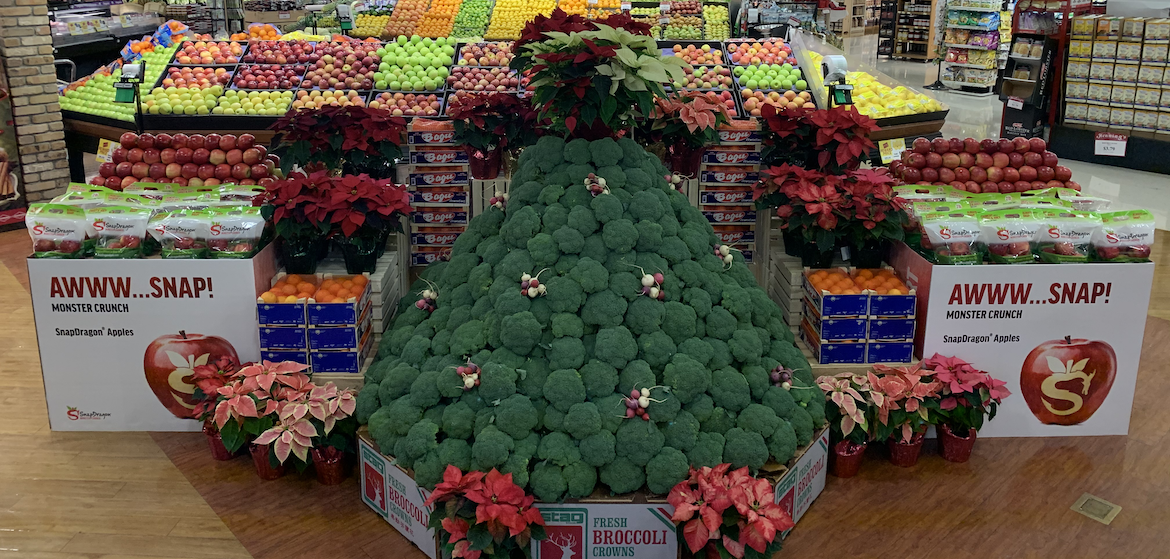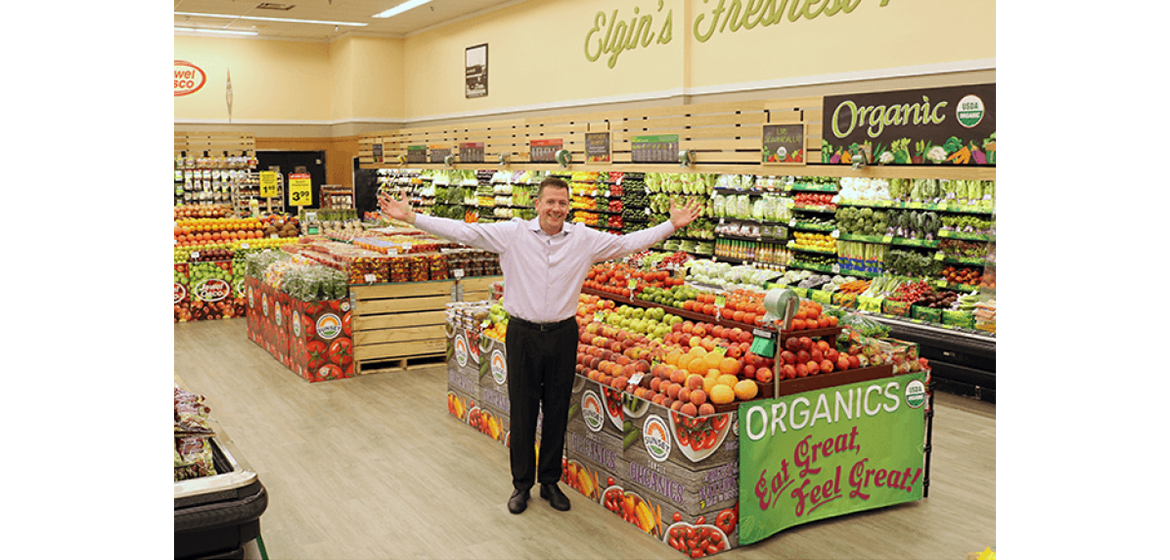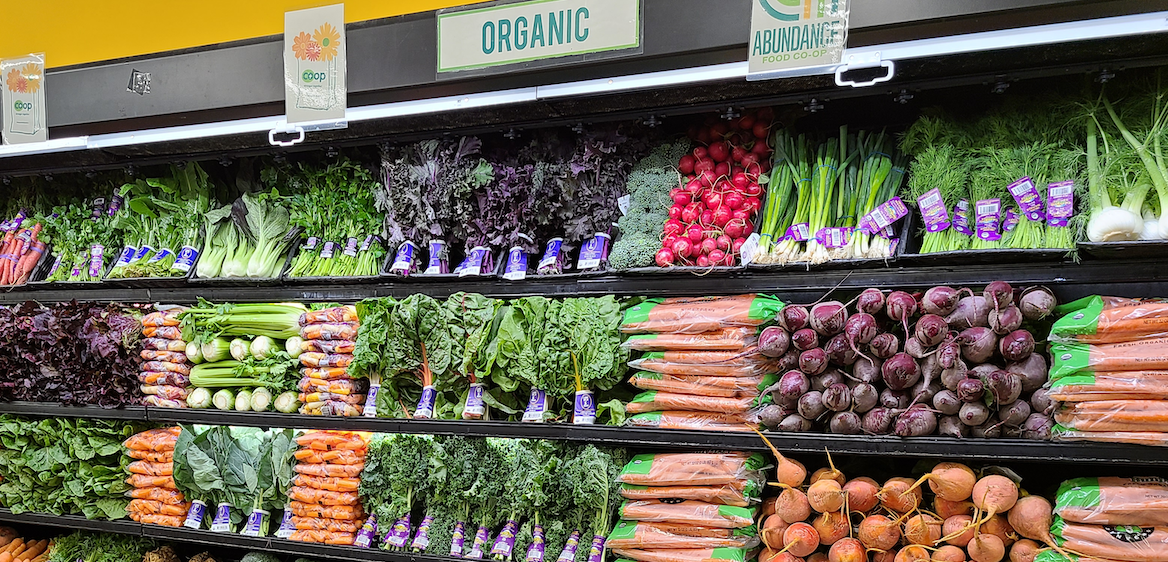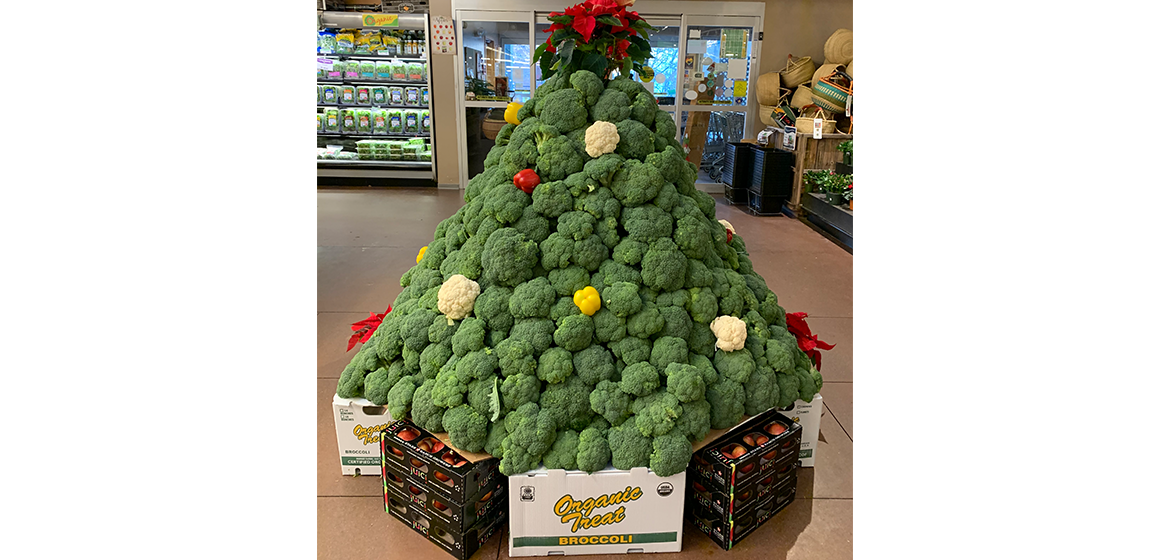Slideshow: How produce suppliers and merchandisers can improve store sales
There’s the artistry of produce merchandising, and then there’s everything else.
Two produce merchandisers provided suppliers and retailers tips to improve sales amid all the challenges of space, supplies and labor at the retail level.
But first, the artistry.
Great produce merchandisers are artists working with the most colorful palette in the entire supermarket — the showpiece of each store.
“These are our paint brushes,” said Brian Dey, senior merchandiser at Four Seasons Produce, Ephrata, Pa., a full-service supplier of produce from mid-Atlantic to New England regions.
Dey is a multiple winner of the merchandiser and commodity categories in PMG’s Produce Artist Award Series. Photo submission deadline is Feb. 25 for the winter series.
Learn more about entering the contest.

He spoke at the Jan. 31-Feb. 2 Global Organic Produce Expo in Hollywood, Fla., with Scott Bennett, produce sales and merchandising manager of Jewel-Osco, an Itasca, Ill., part of Albertsons Inc. Bennett was PMG’s Produce Retailer of the Year in 2019.
The pair shared their advice at the Feb. 1 “Merchandising Show & Tell: Hands of Gold at Work” education session moderated by Kevin Steiner, director of business development for Sage Fruit Co., Yakima, Wash.
Both Dey and Bennett have worked in produce for more than 30 years.
Saving on labor
Produce merchandisers may be artists, but they play a key role in the numbers business. They help drive sales, increase profits and train staff.
“When you’re building a display, you want to be the difference in that customer’s shopping experience and you want to make a difference in sales, but you also want to be the difference in someone’s career. Companies want to hire from within, with the labor pool so tight now,” Dey said.
Cross-train employees from other departments, even cashiers, to fill in when you don’t have enough produce department staff on hand.
“Not a three-to-four-hour training session, but just a little,” Dey said. “Help them understand the importance of keeping organic integrity intact. Train other people within the store, during these shifts to pack out that produce."
Saving space
Grower bins and boxes are great structures on which to build displays, especially for small spaces, Bennett said.
“We’re not a wood shop,” he said about using wooden crates for displays. “It’s fun to have the cardboard boxes, the natural look of a produce market.”
Displays don’t have to be huge to make an impact, Dey said.
There are four cases of apples here, but it looks like it could be 20 cases,” he said, pointing to the Sage Fruit apple display in front of the stage. “(Savvy merchandisers) are utilizing vertical space to keep same number of displays in a smaller footprint.”
Then the question becomes: How do you get the same number of stock-keeping units in each store, with so many different footprints?
“That’s the challenge I enjoy,” Dey said.
Packaging
During the pandemic, consumer desire for a 3-pound bag became a desire for a 5-pound or 10-pound bag, Dey said. That’s settled a bit by early 2022.
Independent stores and co-ops try to use as little plastic as possible, and thinner plastic, too.
“But it’s such a convenience for the consumer and a bigger ring for produce department,” Dey said. “I don’t see that going anywhere.”
Bennett doesn’t like to promote packaged products as much as bulk because it doesn’t look as nice.
“Old-school merchandising: They can smell it, see it, touch it. That’s what works better for us, as far as sales,” he said.
Suppliers help retailers
Grower-shippers can help by giving buyers and retailers information on territory categories.
For instance, Dey said, they can ask buyers and retailers, "Why aren’t you carrying Honeycrisp apples when 33% of organic sales in your area are coming from Honeycrisp apples?"
Suppliers can also offer retailers high-graphic display pieces to help give an advantage.
Growers can help educate retail staff.
Bennett recently had three or four growers host Jewel-Osco’s produce team outside a store, so no distractions, and go through all the varieties of stone fruit. They had the retail staff taste each item, one by one.
“Guys and gals who had 30 to 40 years in produce said they’d never felt better educated,” Bennett said. “After that, we had the best stone fruit season sales ever.”
Organizing organics
The two main ways to merchandise organics is by segregation or integration.
In segregation method, every type of produce that’s organic, from kale to blueberries, is placed in one section by itself, separate from anything conventionally grown.
The integration method places like commodities together, so a conventional peach would be next to an organic peach in the peach display.
Learn more: The commodity of peaches
When a retailer asked Dey how to increase organic sales, he switched their merchandising style from integration to segregation. The result was astounding: 28% of their sales are now organic, whereas 12 months ago, it was 9%.
Integration is the best method to convert people from conventional to organic, Dey said.
“But if I’m opening a hybrid store, I’d have a separate section for organic. What needs to be at the forefront of your mind is organic integrity,” he said.
Some Jewel-Osco stores do both methods in one store.
“Some customers want organics in a separate display and won’t buy it otherwise. It’s really tricky,” Bennett said.
Occasionally, Dey eliminates twin-lining, which means offering both organic and conventional of the same items, such as romaine lettuce.
“It’s very tricky to keep them separate on the wet rack,” Dey said. Offering just organic on certain items can make sense. “As these new varieties are coming in, and they’re offered organic, so is the switch from conventional to organic.”
These decisions depend on the demographics of the store location, Bennett said.
“But in some categories, like broccoli, where organic and conventional are same price, why wouldn’t you carry organic only?”
Related articles:















